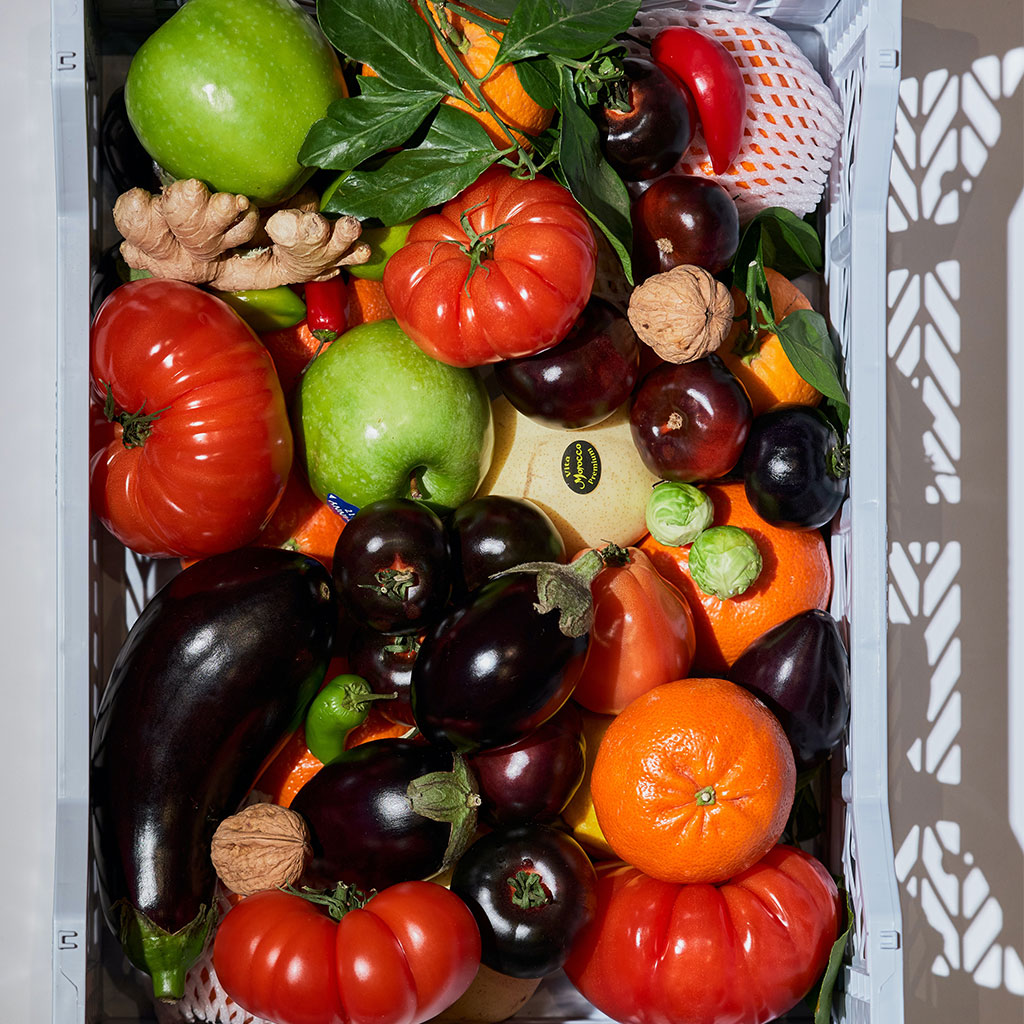Just like the rest of our body, the skin requires proper nourishment to achieve its optimal condition. The food we consume and the nutrients we provide directly influence the firmness, clarity, and overall health of our skin. Unfortunately, modern eating habits often fail to supply the essential elements needed for the skin to thrive. Excessive sugar intake and a deficiency in detoxifying fiber not only hinder collagen production but also contribute to increased inflammation and worsen conditions like acne and eczema.
Our skin faces external threats in the form of environmental toxins, which further deplete cellular nutrition and result in a dull and prematurely aged appearance. To counteract these challenges, a comprehensive and potent solution is to nourish the skin both externally and internally. This can be achieved by utilizing nourishing skincare products that are specifically designed to aid cellular detoxification and regeneration, as well as by incorporating vital nutrients that enhance complexion from within. Presented below are four skin-boosting elements that are often lacking in typical diets. By incorporating these elements into your daily routine starting today, you can expect to witness a radiant and glowing complexion in the future.
Optimizing Omega Fatty Acids
Omega fatty acids play a fundamental role in our cellular functions, regulating healthy metabolism and detoxification processes. They are essential for maintaining supple and well-hydrated skin from within. However, achieving the right balance of these fatty acids can be challenging.
There are three types of fatty acids: Omega 3 and Omega 6, both polyunsaturated fats, and Omega 9, a monounsaturated fat. Omega 3 and Omega 6 are considered essential fatty acids, meaning our bodies cannot produce them naturally, and we must obtain them from dietary sources and supplements. Omega 9, on the other hand, is produced by the body and is vital for cardiovascular health.
The problem lies in the fact that most of us have imbalanced Omega levels. The ideal dietary ratio between Omega 6 and Omega 3 is 4:1 or 2:1. However, Western diets often exhibit ratios as high as 50:1 or even 200:1. The consequence? Widespread inflammation, which is the underlying cause of various health issues and premature aging of the skin.
To maintain a balanced Omega profile, it is crucial to avoid Omega 6-rich sources such as processed vegetable oils (e.g., soybean and canola), processed foods, and low-quality meats. Instead, focus on obtaining Omega 6 from healthier sources listed below. Additionally, elevate your intake of Omega 3s by consuming cold-water fatty fish like salmon at least three times a week or by incorporating high-quality omega 3 supplements for optimal skin care benefits.
Food Sources:
Omega 3: Salmon, flaxseed, walnuts, broccoli Omega 6: Coconut oil, evening primrose oil, grapeseed oil, egg yolks, high-quality meat Omega 9: Olives, olive oil, avocado
Protect Your Skin with Ceramides
Ceramides, naturally occurring waxy lipid molecules found throughout the epidermis, play a vital role in maintaining the skin’s barrier function. They help retain moisture and nutrients while preventing the entry of pollutants and bacteria. In youthful and healthy skin, ceramides make up to 40 percent of the lipids in the outermost protective layer known as the stratum corneum. However, as we age, ceramide levels decline, making the skin more susceptible to dehydration and environmental damage.
We should also consider incorporating ceramides into our diet. Studies have demonstrated that consuming ceramides through food and supplements can inhibit the elastase enzymes responsible for degrading the skin’s elastin, which can lead to sagging and wrinkling.
Pre- and Probiotics
As far back as 400 BC, Hippocrates stated, “All disease begins in the gut.” It took us a while to fully understand the truth in those words, but modern science is now confirming their validity. We now know that beneficial bacteria play a crucial role in overall health and vitality. The body’s microbiome, which constitutes the majority of our immune system, influences everything from digestion and mental well-being to the condition of our skin.
While it is essential to protect the delicate beneficial bacteria on the skin’s surface by using gentle cleansers and skincare products enriched with probiotics, maintaining a balanced gut microbiome is equally important for achieving a clear and radiant complexion. And this shouldn’t rely solely on supplements. For a healthy individual to support a healthy gut flora, consuming a small portion (think condiment-sized) of fermented food or drink with one or two meals per day is reasonable. Although there is no definitive guideline on the required amount, the International Scientific Association on Probiotics and Prebiotics recommends a daily intake of 5-20 grams.
Probiotics are living bacteria and yeast organisms, while prebiotics are the foods that nourish these beneficial microorganisms. In order to maintain a healthy probiotic balance, it is crucial to create a supportive environment. Prebiotics can be found in fermented foods, but they are best obtained by including soluble fibers from whole plant foods in the diet. However, it’s important to note that not all fiber is prebiotic. Probiotic fibers include oligosaccharides, inulin, gums, resistant starch, pectin, and beta-glucan.
Food Sources:
Probiotics: Whole-fat yogurt, kefir, sauerkraut, kombucha, miso Prebiotics: Dandelion greens, flax seeds, garlic, asparagus, bananas, oats, cocoa, apples
Collagen Benefits for Skin Care
In traditional cultures, it was common to consume the entire animal, including broths made from skin and bones, tougher cuts of meat with cartilage (slow-cooked), and whole fish. These practices provided a good intake of collagen, a vital fibrous protein that supports bone and joint health and contributes to plump, youthful skin. However, modern diets often lack collagen due to the prevalence of deboned, skinless, and lean meat options. Furthermore, our body’s natural collagen production decreases as we age, starting a gradual decline in our mid-20s and accelerating in our 40s and 50s.
Fortunately, we have the ability to replenish collagen levels from the inside out by supplying the necessary building blocks: amino acids (proline, glycine, hydroxyproline), along with vitamin C, copper, iron, and manganese. Including these components in our diets and taking convenient daily collagen supplements (approximately 20 to 40 grams) can make a significant difference. Research has shown that consuming hydrolyzed collagen protein once a day for eight weeks can reduce eye wrinkles by 20 percent and enhance moisture levels (one study demonstrated a 76 percent reduction in skin dryness after 12 weeks).
Food Sources:
Bone broth, eggs; foods that aid collagen production include fish, oysters, leafy green vegetables, berries, broccoli, and citrus fruits.






 No products in the cart.
No products in the cart. 